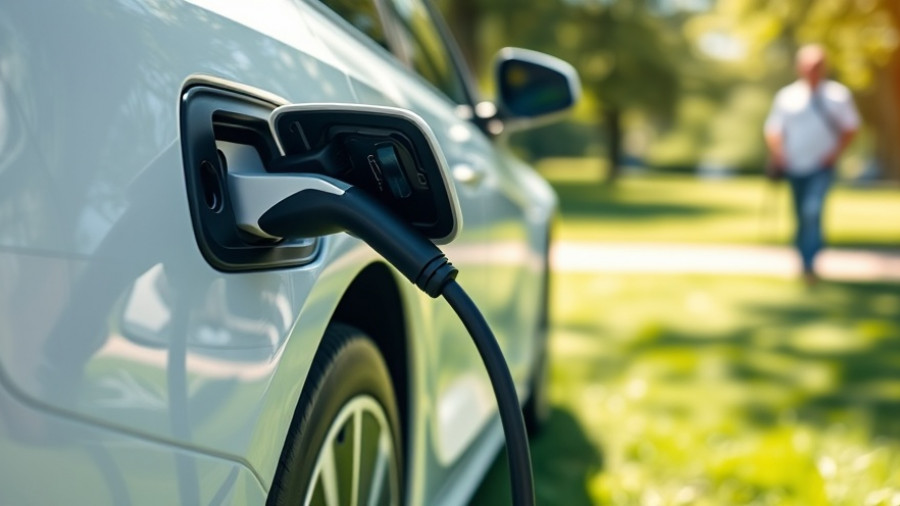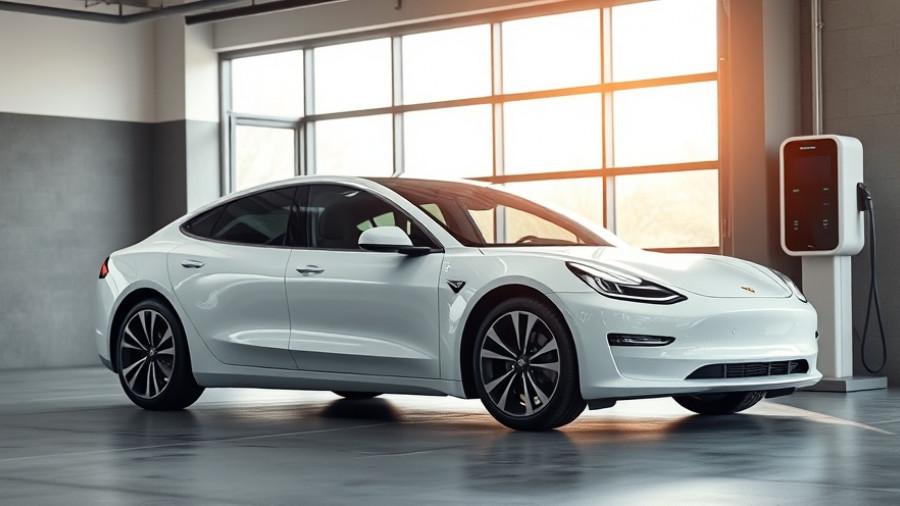
Open Charging Networks: A Transformative Journey in EV Infrastructure
The landscape of electric vehicle (EV) charging has undergone a dramatic evolution since 2020. In our retrospective analysis, we aim to illuminate the journey of open charging networks and envision what the future holds. By reflecting on the progress made over the past five years, we highlight the importance of open networks as pivotal components in promoting EV adoption and enhancing user experience.
Revolutionizing Charging Standards: Flexibility and Interoperability
Initially, our discussion in 2020 emphasized the critical need for flexibility and interoperability provided by open standards, primarily through the Open Charge Point Protocol (OCPP). Fast forward to today, these standards have become the backbone of EV infrastructure. The widespread adoption of OCPP has facilitated innovations, enabling various networks to work cohesively. The emergence of the Open Charge Point Interface (OCPI) has significantly improved the user experience, comparable to the ease provided by cell phone roaming. With these advancements, drivers are experiencing reduced app fatigue and expanded access to charging locations—a win for both consumers and operators.
Unfolding the Promise of Plug-and-Charge Technology
Another groundbreaking development is the 'plug-and-charge' technology under the ISO 15118 standard. This innovation has fundamentally reshaped the charging paradigm, allowing vehicles to authenticate and manage billing transactions autonomously through digital identities. The rolling out of “Universal Plug and Charge” is highly anticipated in 2025, reflecting the growing support from automakers and charging networks alike. This evolution signifies a step toward a seamless and more secure charging experience for all EV users.
Power Management: An Indispensable Element of Infrastructure
Power management technology is now recognized as essential for growth in charging networks. This technology optimizes electrical loads and prevents over-investment while balancing operational efficiency across stations. Within a mere five years, the landscape has transformed significantly, with the U.S. boasting over 55,580 non-Tesla DC fast charging ports across almost 11,000 sites. This network expansion speaks volumes about the industry's resilience and inclination toward fostering an ecosystem that supports electric mobility.
Adapting to Innovations on the Horizon
Beyond open networks, recent years have seen innovations like Vehicle-to-Grid (V2G) capabilities, enabling bi-directional energy flow, assisting in stabilizing the grid, and optimizing renewable energy use. The rapid establishment of ultra-fast charging, with rates reaching 350 kW, has quelled previous fears of range anxiety among consumers. Moreover, wireless charging technology is transitioning from pilot projects into real-world applications, showcasing the diverse avenues through which the EV charging landscape is advancing.
Market Trends: Pricing and Reliability
Recent trends indicate progress in reliability and pricing standardization, with the U.S. Reliability Index for non-Tesla networks showing an upward trajectory. By 2025, a substantial 80% of charging sessions are expected to be billed by kilowatt-hour, simplifying the charging process and enhancing transparency for users. This paradigm shift serves not only to increase user satisfaction but also aligns with growing concerns about fairness in charging pricing mechanisms.
Global Expansion and Local Adaptations
According to recent analyses, public charging points have surged globally, with total installations exceeding 5 million, largely driven by strong support policies and investments in countries like China and across Europe. The stark growth in public chargers reflects the necessity of supporting all demographics in adopting EVs, especially in densely populated areas. However, local adaptations are critical, as countries tailor charging infrastructure development to their unique terrains and population distributions.
Looking Ahead: Future Predictions for EV Charging
As we gaze into the future of EV charging, we recognize significant potential for further innovations. With governmental policies harmonizing efforts across global markets and standards becoming more entrenched, we anticipate even greater interconnectivity and improved user convenience. The future may also herald advancements in both battery technology and the infrastructure needed to support ultra-fast charging capabilities, making electric vehicles a more attractive option for consumers.
Conclusion: Join the EV Revolution
The transformational journey of open charging networks signifies progress that homeowners and businesses interested in solar energy can tap into. The evolution of EV infrastructure, underpinned by flexibility and innovation, presents an opportune moment to partake in the green revolution, shaping a sustainable future. As these advancements empower electric mobility, consider how you can contribute to and benefit from this burgeoning ecosystem.
 Add Row
Add Row  Add
Add 



Write A Comment